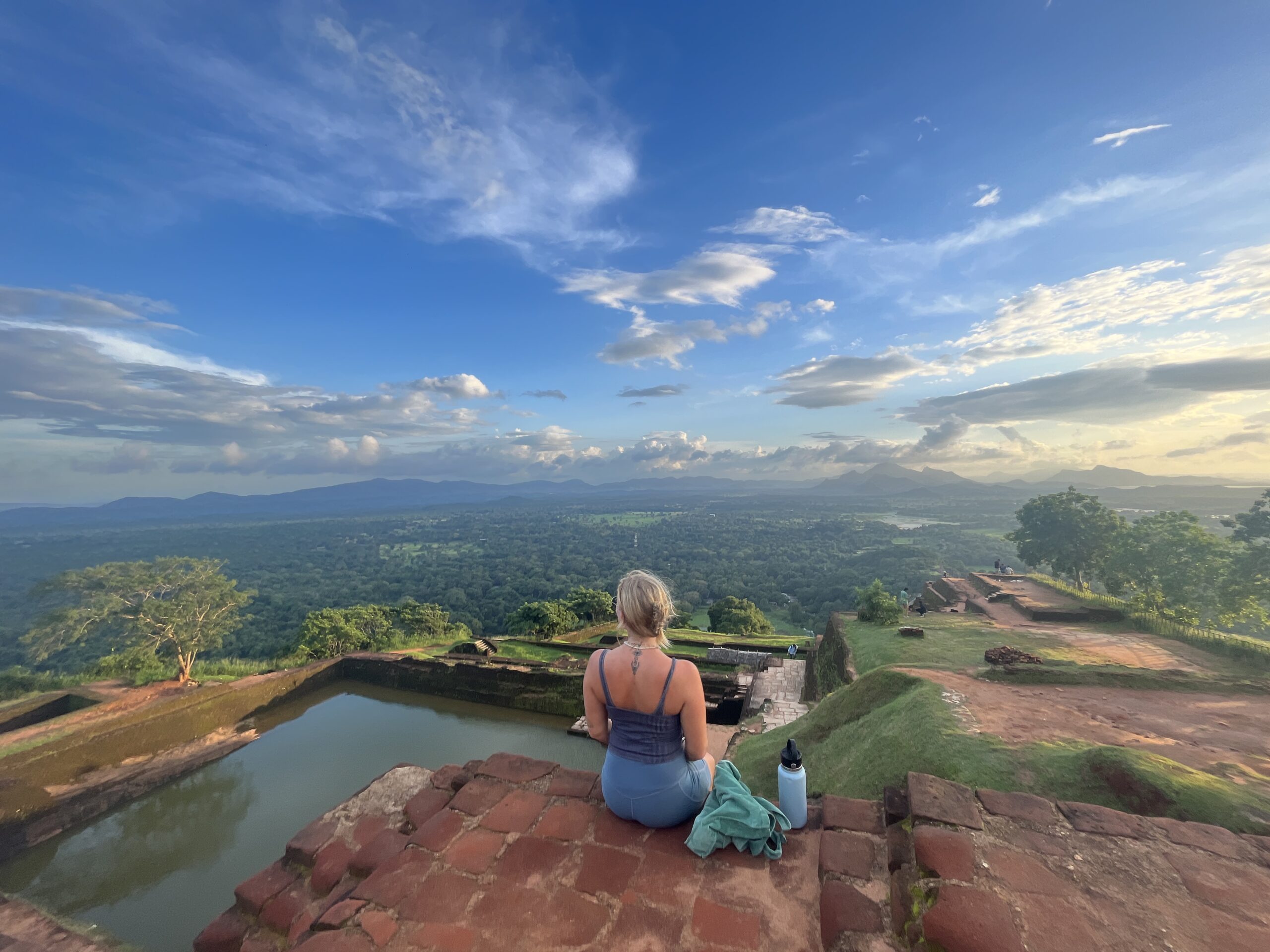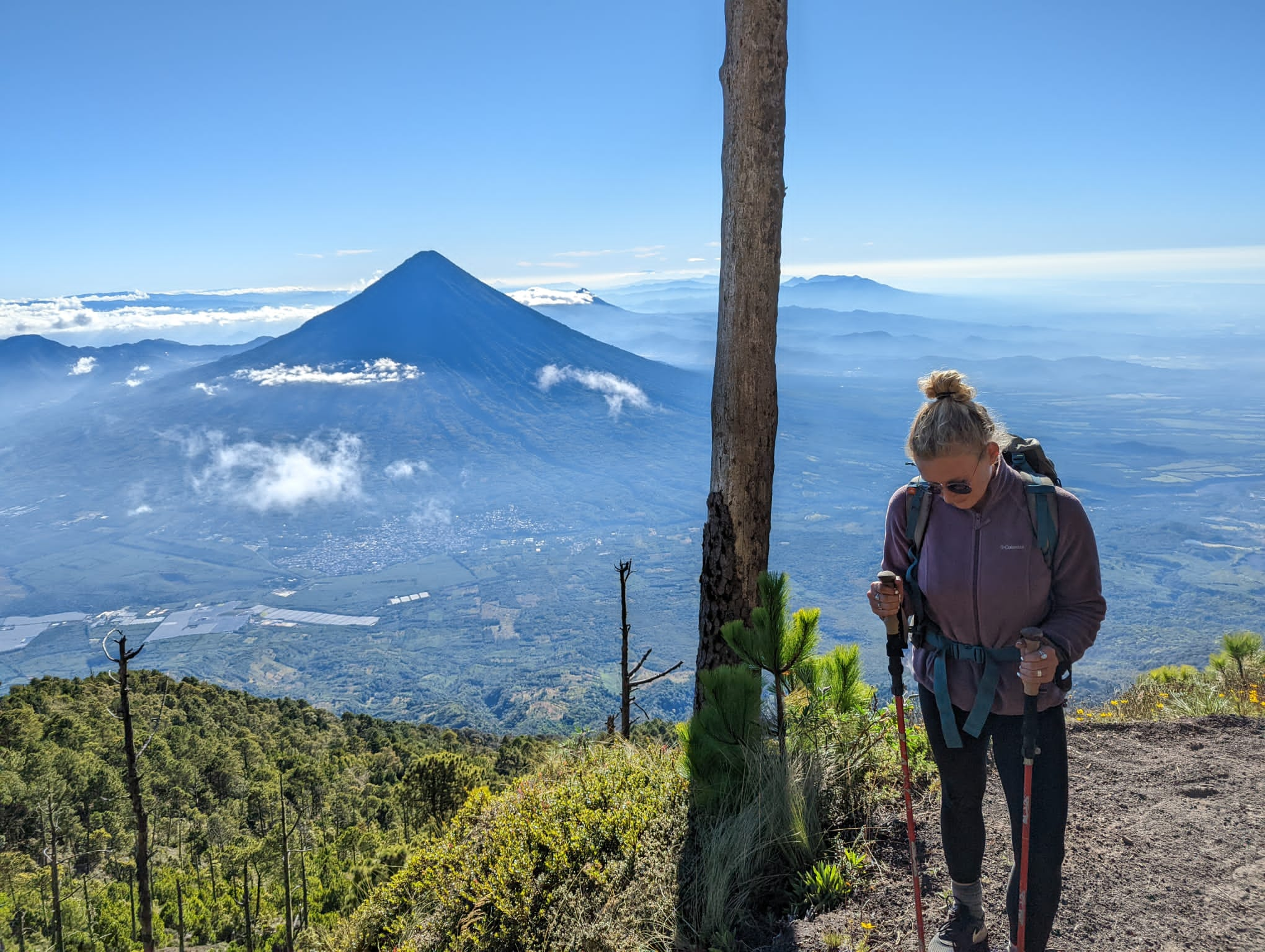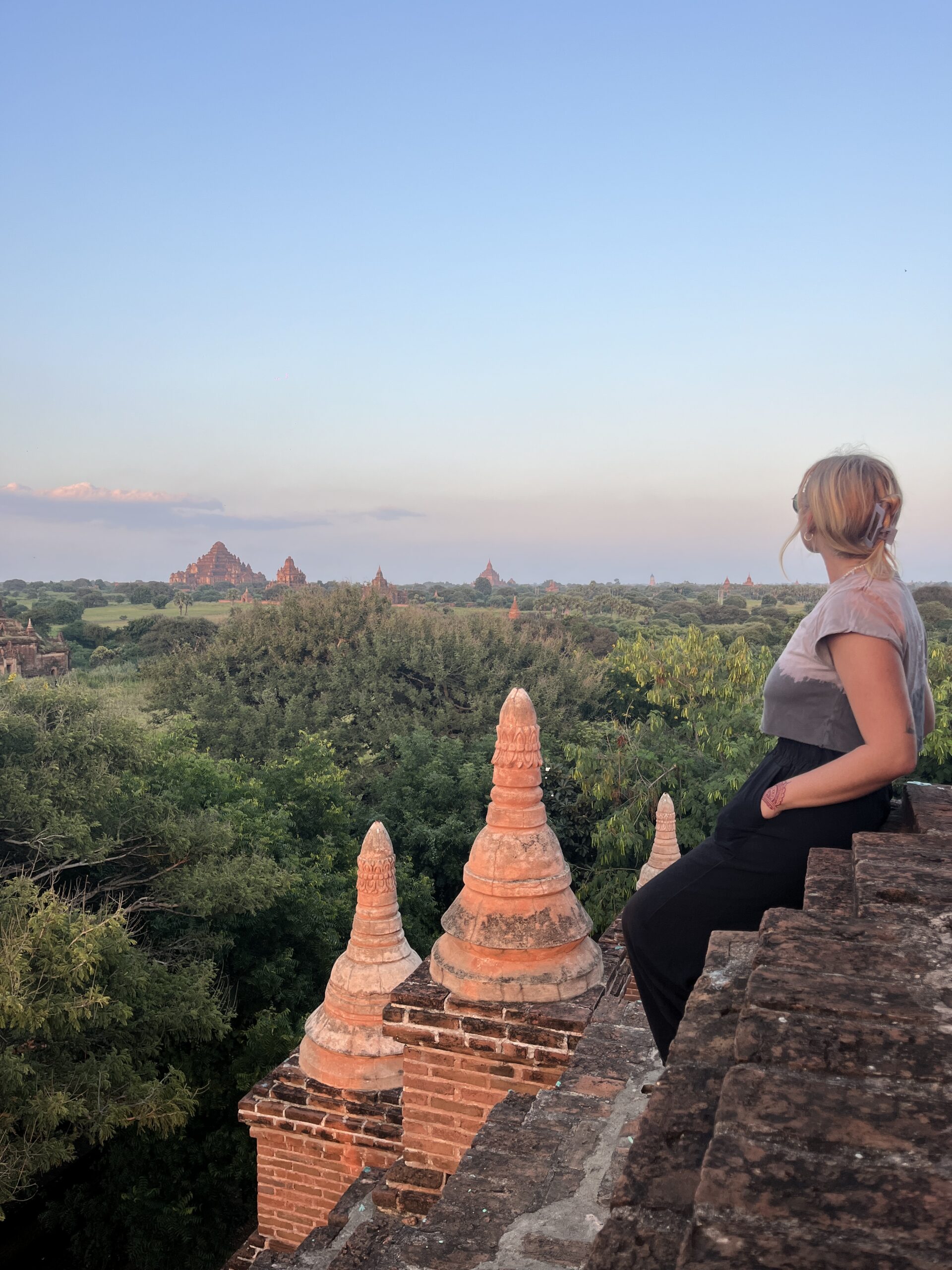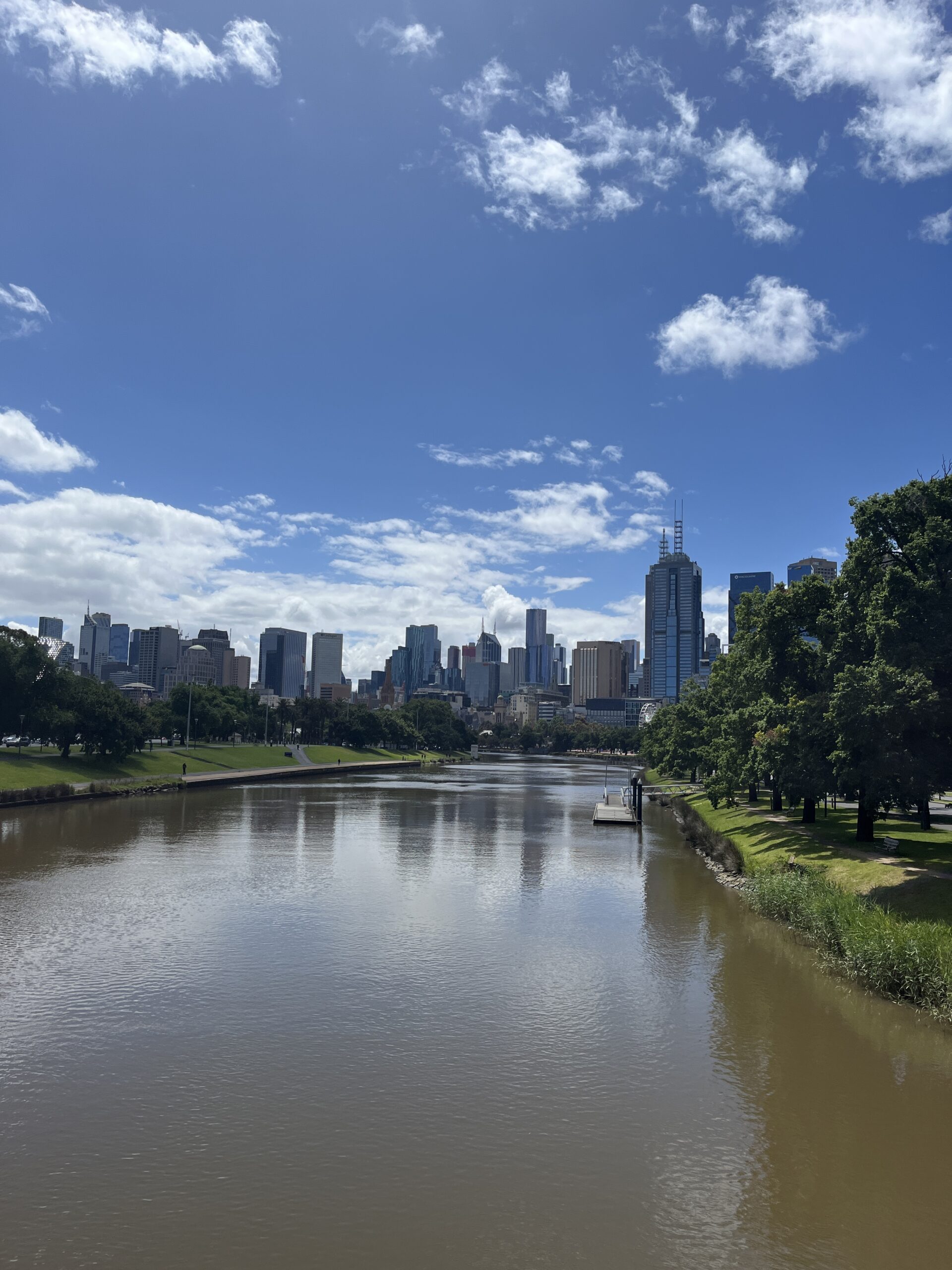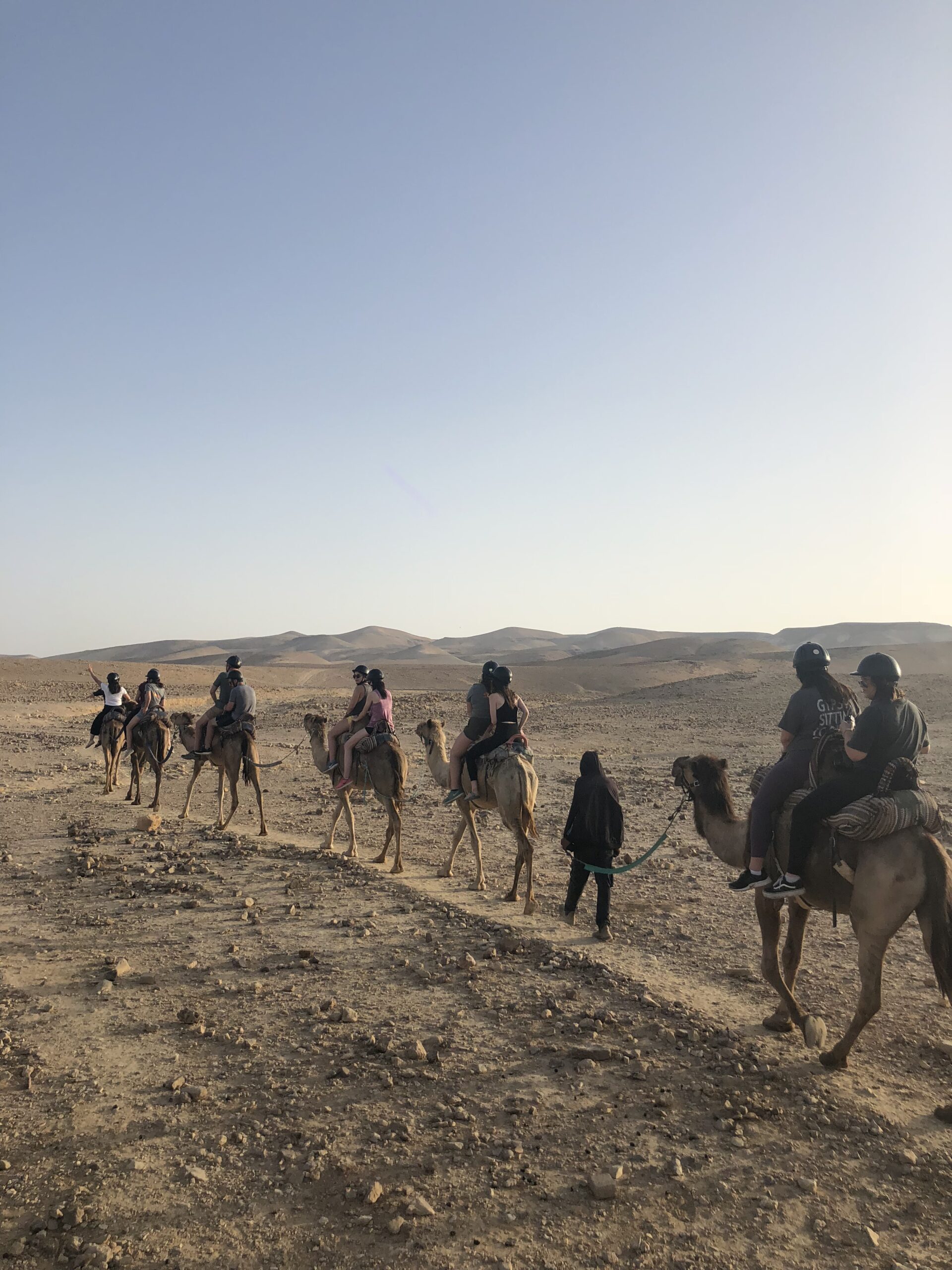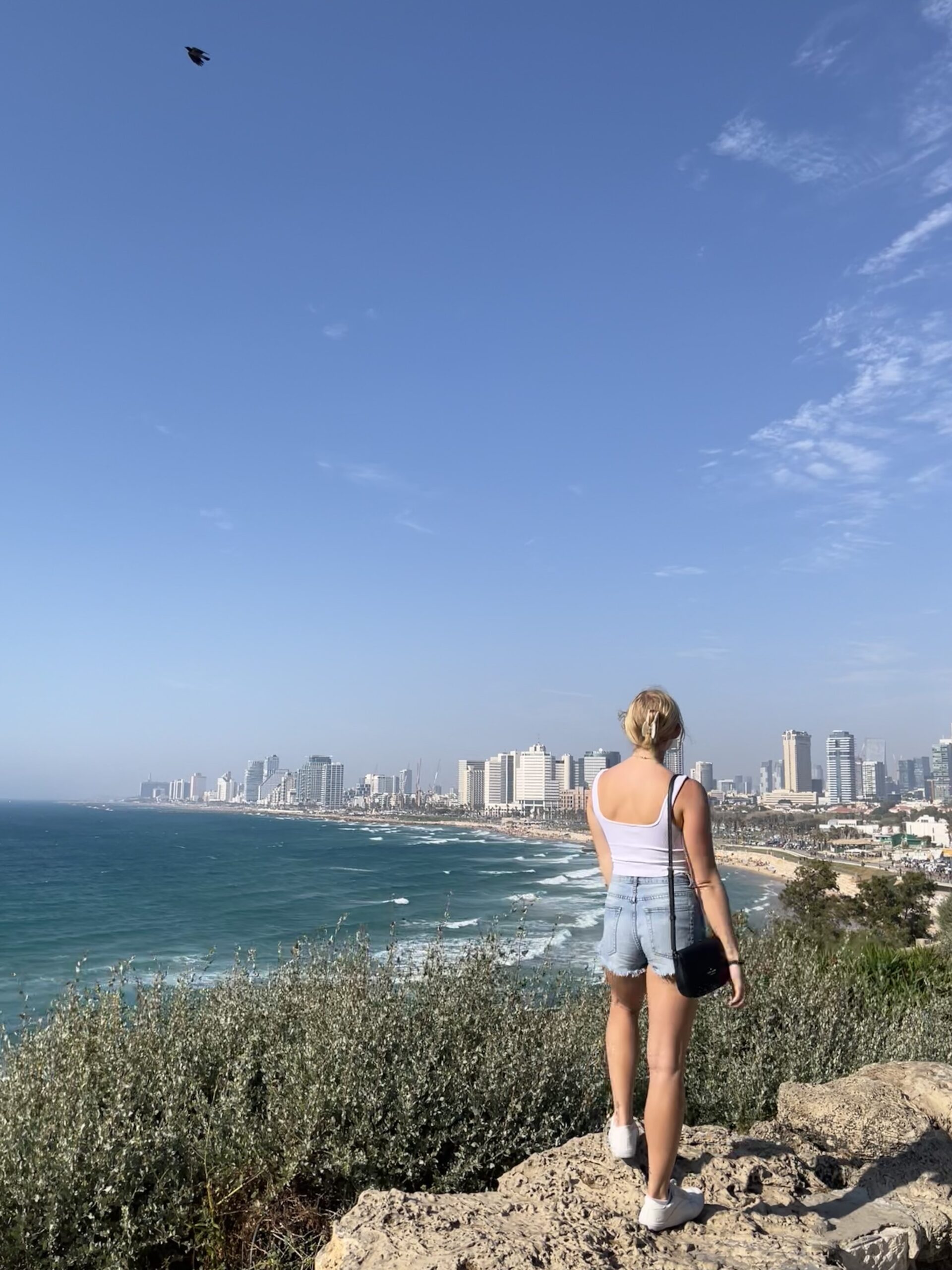Well a month and some change flew by and I haven’t written a thing! My deepest apologies to all of my 3 loyal followers who have been waiting for an update. It’s been a whirlwind of good times and my brain can’t quite comprehend that it’s almost Halloween. I’m now officially settled into my new work-exchange position in Bocas Del Toro, Panama (which will be the focus of next weeks blog). I left Costa Rica two weeks ago and have gathered some tips and tricks for anyone who is venturing over this way anytime soon. I was in Costa Rica for 2 months traveling around to 13 different cities and staying in hostels that whole time.
 My route consisted of the following: I flew into Liberia airport then traveled to La Fortuna, Monteverde, Tamarindo, Samara, Santa Teresa, Jaco, Manuel Antonio, Dominical, Uvita, Drake Bay, back to Uvita, then to San Isidro, San Jose, and Puerto Viejo. On a previous trip to Costa Rica earlier this year I also visited San Jose, Playa San Josecito, Golfito, and Puerto Jimenez. I think I have a pretty good grip on what backpacking in Costa Rica during Covid is like, so I hope you find these tips helpful!
My route consisted of the following: I flew into Liberia airport then traveled to La Fortuna, Monteverde, Tamarindo, Samara, Santa Teresa, Jaco, Manuel Antonio, Dominical, Uvita, Drake Bay, back to Uvita, then to San Isidro, San Jose, and Puerto Viejo. On a previous trip to Costa Rica earlier this year I also visited San Jose, Playa San Josecito, Golfito, and Puerto Jimenez. I think I have a pretty good grip on what backpacking in Costa Rica during Covid is like, so I hope you find these tips helpful!
1. There is Currently a 9pm Curfew
Costa Rica is extremely relaxed on their entry requirements for vaccinated travelers. No quarantine, covid test, or insurance is required if you are double vaxxed. But once in the country, there is an unfortunate curfew in place. Other than my last week, the whole time I was in CR the curfew was at 10pm. That means restaurants, bars, and grocery stores close at 10. There is always an after party you can find but officially the party is done at 10. Recently they changed it to 9pm. We tried to grab a beer at 8pm and weren’t even let into the bar because they had last call at 8:30. So dumb. The curfew does put a damper on things because if you want to be at the bar by 7 to have at least 2 hours there, then you need to be back from your day activity by 4 so you can shower and eat and then start pre-gaming. Kinda makes you plan your whole day around going out which takes the fun out of it. There are always after parties though so dont worry toooo much about that. If you’re not a big partier then this curfew shouldnt matter too much but if you are….Panama and Guatemala have no curfew!
2. Be Vaccinated
Sorry anti- vaxxers, you are gonna have a more difficult time if you aren’t double vaxxed. Costa Rica actually has some of the most lenient entry requirements for foreigners. Hence why it’s such a popular travel destination right now. All you need is health insurance if you are not vaccinated. So within Costa Rica it’s easy but if you want to go anywhere after that’s where the difficult part comes in. If you want to go south to Panama, you need your vaccination or a PCR test. My friend had to take a PCR test at the border and she waited 7 sweaty hours for the results. You can also do it in advance but the PCR tests in Costa Rica are 150 dollars. So do yourself and everyone around you a favor, and get vaccinated before you travel. Almost every person I’ve spoken to is vaccinated and it just makes the vibe more stress free because nobody is worried about catching covid and needing to quarantine.
3. Bring a Mask
Other than the curfew, the only other covid restrictions would be the occasional mask wearing. In public transportation and grocery stores you 100% need a mask to get in. Random restaurants will ask for one on occasion but in general they don’t care. The hostels are a free for all for guests. Some restaurants and hostel staff will be wearing masks. The only time I saw locals really wearing masks on their own accord was in San Jose where the covid cases are the highest.

4. Bring 27384 Bottles of Bug Spray
Oh mosquitos, you relentless little brats. They are pretty bad here since Costa Rica’s climate is so humid. I once used bug spray on my entire body and still got a bug bite on my ear lobe…the one place I didn’t spray. Like jeeeesus christ these little buggers have no chill. I would recommend bringing extra bug spray from home because it’s super overpriced here. I ran out of my extras within my first week so I’ve had to buy a lot of spenny spray. No bueno. I even bought one of those bug bite sucker machines that claim to take the itchy stuff out of the bug bite but I actually have never even used it. I just scratch until my heart’s content and pay for it the next moment when I’m bleeding everywhere and have scars riddling my poor legs. Honestly I don’t even think bug spray works anymore because the mosquitos have adapted and mutated to be immune to it but hey, it’s worth a shot.
5. Learn to Love Cooking Unless You Hate Having Money
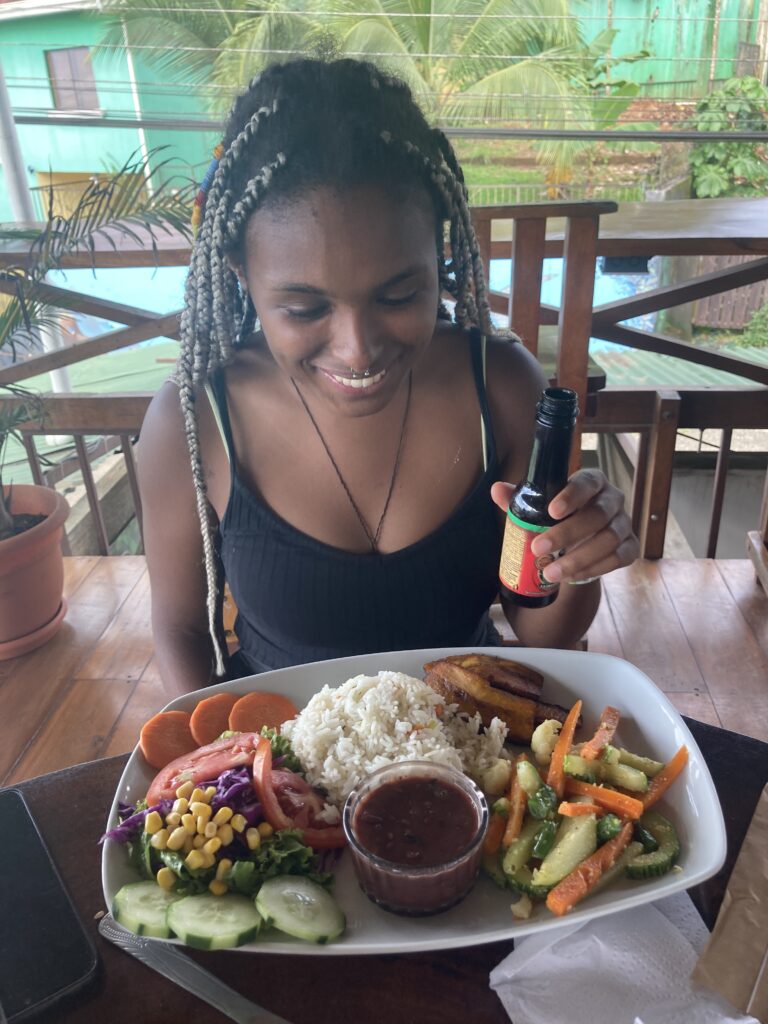
Sooo why did nobody warn me how expensive Costa Rica is? WARNING: Costa Rica is NOT cheap!!! Perhaps if you compare it to LA or NY, yes it’s cheap. But for those of us who have backpacked in many other countries, Costa Rica is really expensive. Tours, shuttle buses, and restaurants are all over priced. The cheapest meal you can find is at a local eatery called a Soda. There you can get a casado which consists of beans and rice, a protein, and salad \ french fries and plantain. Its around 6-8 dollars. But if you eat anywhere else it’s around 8-11 a meal. Of course nicer places are more like 15. So if you’re eating out 3 times a day your budget will go to shit. So the solution here is to cook! Most hostels have a kitchen and you can store your groceries in the fridge. Make sure to label your food because there has been theft here, someone took my yogurt once and it made me very very sad #yoghurtgate. Hostels typically supply you with some necessities like oil and salt /pepper. Cooking with people is of course cheaper so find some buddies and make a family meal. This is coming from someone who legit cooked twice my entire time traveling haha. I did make some avo toast and pb and js for breakfast on occasion sooo dont @ me.
6. Budget for Shuttle Buses
On the pacific side of the country the roads are not as good and therefore buses don’t really run there. There are shared shuttle buses you can take but they are 50-65 dollars per trip. I had to do this a lot in the beginning of my trip and probably spent 200 on shuttles. No bueno x2. Sometimes there is a bus route you can take but you will spend all day transferring to different bus stations and most likely getting on the wrong bus while dripping in sweat. I knew one girl who tried to avoid the shuttle and she said it was “the worst day of my life”. In all other parts of CR the buses run relatively smoothly. They cost anywhere from 2-15 dollars depending on where you’re going. The local buses can be extremely hot, sweaty, and over crowded. Be warned. Some longer haul buses are actually the opposite. I once took a bus from San Isidro to San Jose and it was so cold I actually thought I was going to get hypothermia. So try and ask when you buy your ticket how the temperature of the bus is so you can plan accordingly.
7. Bring a Reusable Water Bottle
The water is generally safe to drink in CR. If it’s not, your hostel will tell you not to drink out of the sink and instead use the filtered water etc. I have my reusable water bottle with me and I just fill it up at my hostel or a restaurant and keep it for the day. It stays cold since I put ice in it and I havent had any tummy issues. It’s also way better for the environment to not be buying plastic water bottles multiple times a day so do your part and bring your bottle.
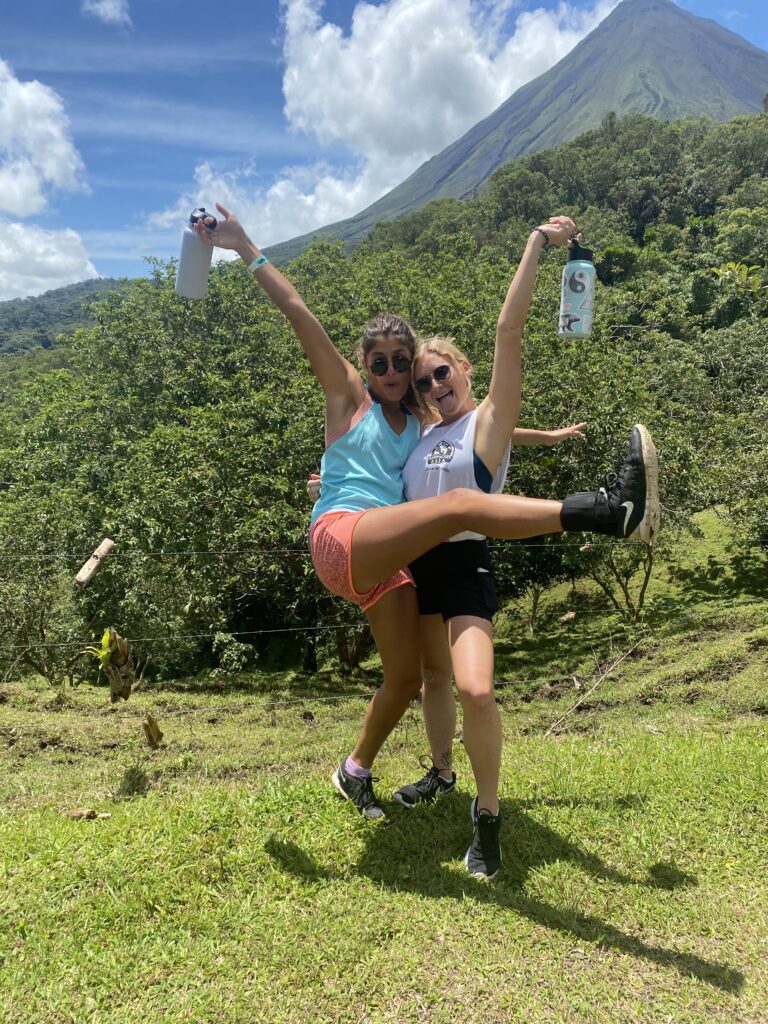
8. Rental Car is the Move
If you’re in a group of 3 or 4, I think renting a car is the best way to save money and see the most of CR. I was very jealous of all the people with cars because they got to leave for day trips or to another city on their schedule and in nice AC. I was able to hitch a ride with friends who had cars a few times and it was soooo much nicer than waiting for the over crowded and hot bus. Of course renting a car comes with its own difficulties like car troubles, road safety, and paying for parking etc. But at least while on the pacific side, a car rental is ideal.
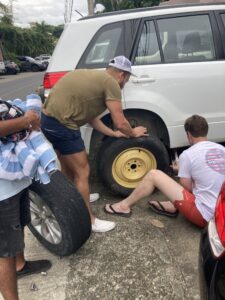
9. Learn the Conversion Rate
The national currency in Costa Rica is colones. 1 USD equals 627 colones. If you decide not to learn the exact conversion and you just pay for things willy nilly you will quickly deplete your bank account. Food will cost around 4,000 colones which kinda feels like monopoly money since it’s in the thousands. But trust me, it adds up. So get an offline conversion app on your phone so you can always be sure how much something really is (XE conversions is the one I use). Also the ATM charges lots of fees. The only one I didn’t get charged extra on is Banco Nacional (the national bank of CR). Other banks ATM charges around a 5 dollar fee. So take a lot of money out at once rather than a little every time.
10. Hostels Rarely Have AC
The hostel dorms usually just have a fan to keep you from overheating in the night. It’s very very hot here and therefore your “blanket” is really just a top sheet. People who get cold at night should bring an extra blanket with them. I’ve seen a lot of people take the airplane blanket with them and use that. I personally don’t even need the sheet so I don’t find the extra blanket necessary. Places that are chillier like Monte Verde, do supply a real blanket. Also if you book at Selinas hostels, they always have AC!
11. Selinas have AC
I stayed in quite a few Selinas hostels around Costa Rica. They are a huge company that has hostels all over the world. They always have AC, good food, and tours \nightly activities. I will say something hostels really lack in CR is the nightly activities. In SE Asia it’s such a big part of backpacking culture and it brings the whole hostel together every night. But hostels here don’t really do this other than the Selinas. The cons to Selinas are that they are more expensive for everything. Dorm, food, and tours. They also have coworking spaces available (pretty good deal for digital nomads so check out their website) so a lot of people are working during the day. It tends to bring a bit of an older crowd to some locations which isn’t an issue unless you’re 18 and dont wanna chat with someone who is 35. I have mixed feelings about the Selinas but if you want AC they are deff your best bet.
12. It’s VERY Hot
Don’t pack tons of jackets and jeans \ long pants. It’s very hot and humid and shorts and a tank will be your daily attire. Bring one long pants and one jacket or rain jacket for the colder areas or cooler days if it storms. But you really don’t need much warm clothes and it just weights down your pack.
13. Bring a Tapestry or Beach Towel
The amount of people who uses their shower towel as their beach towel is honestly repulsive. It smells soooo bad and is just not clean when you get sand on you post-shower. Bring a tapestry or separate mini towel to take to the beach. Trust me, it’s such a lifesaver. Nothing dries due to the humidity so mold happens quicker than expected.
15. Get a SIM Card
For some reason getting a SIM card in Costa Rica is kinda complicated. You can buy a SIM in the grocery store but to set it up you need to call a local number which is impossible because you don’t have a working phone yet. So you need someone with a local SIM card to help you out. You have to send a picture of your passport and then wait for the reply so this helpful person needs to be with you for the day. A lot of people had trouble with this so I suggest going to a phone provider store and having them do everything for you. In main cities this shouldn’t be a problem but depending where you are there wont be a store. To recharge the sim its super easy. You can just go to any grocery store and hand them cash and give them your local phone number, within seconds you will receive a text saying your phone has been recharged. All the texts are in spanish though so have your translator app ready if you don’t speak spanish. Data goes super quick if you use Instagram FYI. I learned that the hard way and had to recharge my sim after 3 days. It’s kinda expensive unless you get a pre paid plan at the phone provider store.
16. Rainy Season is a Thing
I traveled in the beginning of the rainy season (Aug-Nov) and it really wasn’t bad at all. It rains most consistently after 4pm and typically stops around 8. Full rainy days where I was stuck at the hostel, only happened twice in 2 months. Also the Caribbean side is the opposite so when it’s the rainy season on the Pacific it’s actually summer on the Caribbean side. Also I thought hostels would be empty due to what the internet says about the weather but hostels always had people and some were even fully booked. So don’t let rainy season deter you from traveling.
17. A Little Spanish Can Go a Long Way
My Spanish skills have definitely come in handy here. Thank you Mrs. Shapiro for being my AP Spanish guru! Talking with the locals, asking questions, and even just ordering your food is so much easier if done in Spanish. In certain cities everyone can speak relatively good English. But some places you will struggle or get ripped off if you don’t speak any spanish. So look up common phrases and memorize them. Also download Duolingo for free and play fun language games to enhance your skills while on the go.
